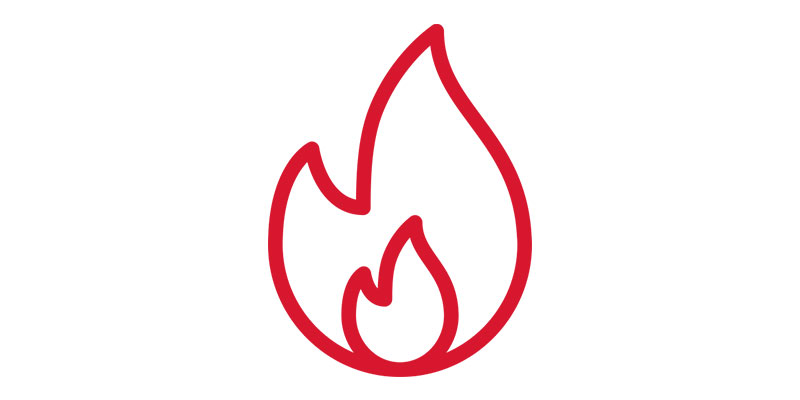Every company in Sydney it is essential to ensure that fire protection is not just a legal requirement but a vital part of keeping employees customers, property, and even the employees safe. A lot of the dangers that can arise from an incident can be mitigated or mitigated with the right safety measures. Inspections for fires, as well as regular testing of electrical systems and compliance with CFSP standards all help in creating a safe and secure environment.
Fire inspections are why they are the foundation of safety
Inspections for fires are the initial defense against possible hazards. These inspections verify that every part of a building’s protection system is working and current. In Sydney the business must perform inspections every six months, or every year, according to the type of building and local regulations of the council. Inspections may include anything from sprinklers and smoke alarms systems, to fire alarm panels and hydrants to emergency lighting, and even fire alarms.

What makes inspections so crucial is their ability to spot hidden issues before they become dangersome. In a situation of emergency the smallest flaws on a smoke detector, or the fire hydrant’s malfunction could appear to be insignificant. Through conducting regular fire inspections, business managers are not only ensuring they meet legal requirements, but they are also taking proactive steps to ensure their workplaces are protected from the possibility of unforeseen disasters.
Test and Tag: Addressing Hidden Electric Risks
Electrical systems are a leading cause of fires in the workplace. That’s why testing and marking should be a included in any fire safety plan. This procedure involves checking the electrical equipment to make sure it’s safe and functional and compliant. This is and then attaching a visible tag that indicates the item is in good condition and has passed the test. In many organizations it is more than just a requirement for routine use. it’s a protection against the risk of risks that can go by unnoticed.
If they are not checked regularly, old wiring, defective appliances, or worn-out cables could be a fire hazard. By conducting regular tests and tagging, companies reduce the chance of electrical faults which could lead to fire outbreaks. Employees are also assured that the workplace is safe. This in turn creates a sense of confidence and trust in the work place. When combined with testing, fire inspections, and tagging is a comprehensive safety program that reduces risks on multiple fronts.
The role of CFSP in the field of Compliance and Certification
In New South Wales, only a Competent Fire Safety Practitioner (CFSP) is able to sign and certify important documents pertaining to fire safety such as Annual Fire Safety Statements. The introduction of CFSP accreditation has raised the standards of fire safety, ensuring that only professionals with the appropriate qualifications evaluate and validate security measures. A partnership with the CFSP assures that reports and inspections are not just paper work, they are reliable assessments by experts.
The role of a CFSP extends far beyond ticking boxes. They assess the performance and state of fire protection systems and present detailed report. They also make sure that the system is in the compliance of regulatory requirements. Without CFSP certification, companies risk fines, legal issues and even shutdowns if fire protection measures are found to be insufficient. Working with certified professionals will ensure that fire safety systems are being maintained in a proper manner and that compliance requirements are fulfilled without stress.
Fire Safety is a Constant Commitment
Each business owner has a responsibility to ensure that fire safety is an absolute priority. The process of ensuring safety is never ending with regular inspections, testing of electrical systems on a regular basis, and certifying under CFSP supervision. Beyond compliance with law and ongoing monitoring, this approach helps to create an environment of safety in the workplace. Employees are able to feel secure knowing that evacuation plans have been formulated and smoke detectors are functioning, emergency lighting has been tested, and the fire suppression system is in place to be used.
In focusing on fire safety as an ongoing activity and not just a checkbox to check every year businesses are able to reduce risk and also enhance their image. Clients and customers feel more safe when they are in a place where safety is visibly prioritized. In the long run, proactive fire protection could save you the company money by preventing costly damage and legal disputes, as well as fines. It also protects all those in the building.
Conclusion
Fire safety in Sydney requires a multi-layered strategy that includes fire inspections as well as testing and tagging as well as professional certification by an CFSP. Each of these components contributes to helping businesses adhere to the law, but also in securing the lives of people and property. Safety is a constant part of every business’s operations and is not a secondary consideration. Companies can fulfill their legal obligations and build a more durable and safer setting in the future, if safety is a fundamental part of their daily activities.